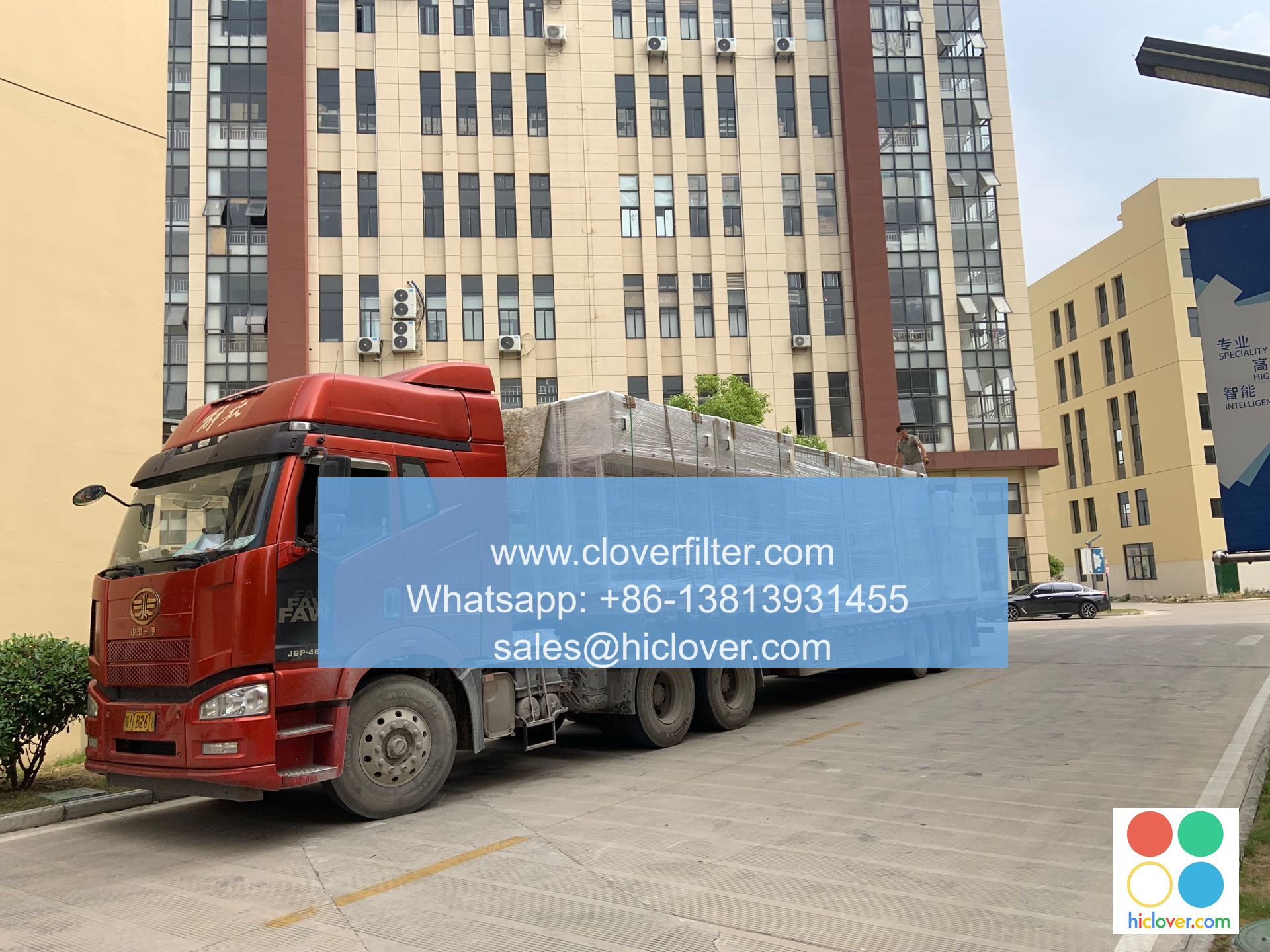Air Filter Standards and Regulations: Ensuring Compliance in the Manufacturing Industry

Air Filter Standards and Regulations: Ensuring Compliance in the Manufacturing Industry
Air filters are a vital component in many manufacturing processes, as they help to remove impurities and contaminants from the air, ensuring a clean and safe environment for equipment, personnel, and products. However, ensuring compliance with air filter standards and regulations is crucial to maintain the quality and safety of the manufacturing process. In this article, we will explore the key standards and regulations governing air filters in the manufacturing industry and highlight various application areas where compliance is essential.
Regulatory Framework
The regulatory framework for air filters is governed by various national and international standards, including:
- ASME (American Society of Mechanical Engineers): Provides standards for air filters used in power generation, oil and gas, and industrial applications.
- ISO (International Organization for Standardization): Issues global standards for air filters, including ISO 16890, which specifies the design and performance of air filters.
- OSHA (Occupational Safety and Health Administration): Enforces regulations for workplace safety, including air quality standards for hazardous environments.
Standards for Air Filter Performance
Air filters are classified based on their performance characteristics, including:
- Nominal rating: A standard measurement of air filters’ ability to remove particles and contaminants.
- MERV (Minimum Efficiency Reporting Value): A rating system that measures a filter’s ability to capture airborne particles.
- HEPA (High-Efficiency Particulate Air): A standard for filters that capture 99.97% of particles as small as 0.3 microns.
Compliance in Various Application Areas
Air filter compliance is crucial in various application areas, including:
- Industrial processes: Ensure clean air quality for sensitive equipment and processes, such as food processing, pharmaceuticals, and laboratories.
- Power generation and transmission: Prevent damage to equipment and personnel due to poor air quality.
- Healthcare: Maintain a safe and healthy environment for patients, staff, and visitors.
- Automotive: Filter out contaminants to prevent engine damage and maintain performance.
- Aerospace: Protect sensitive equipment and personnel from airborne contaminants.
Best Practices for Ensuring Compliance
To ensure compliance with air filter standards and regulations, manufacturers should:
- Conduct regular testing and inspections to verify filter performance.
- Choose filters that meet local and international standards.
- Implement a filter maintenance and replacement schedule.
- Consider the specific requirements of their industry and application.
Conclusion
Air filter standards and regulations play a vital role in ensuring the quality and safety of the manufacturing process. By understanding the regulatory framework and best practices for filter selection and maintenance, manufacturers can ensure compliance and prevent costly downtime, equipment damage, and compromised product quality. It is essential for manufacturers to prioritize air filter compliance to maintain a safe, efficient, and productive work environment.
It seems you need help with a prompt! What kind of prompt are you looking for? Would you like me to suggest some ideas or help you brainstorm a specific topic? Let me know, and I’m here to assist you!

